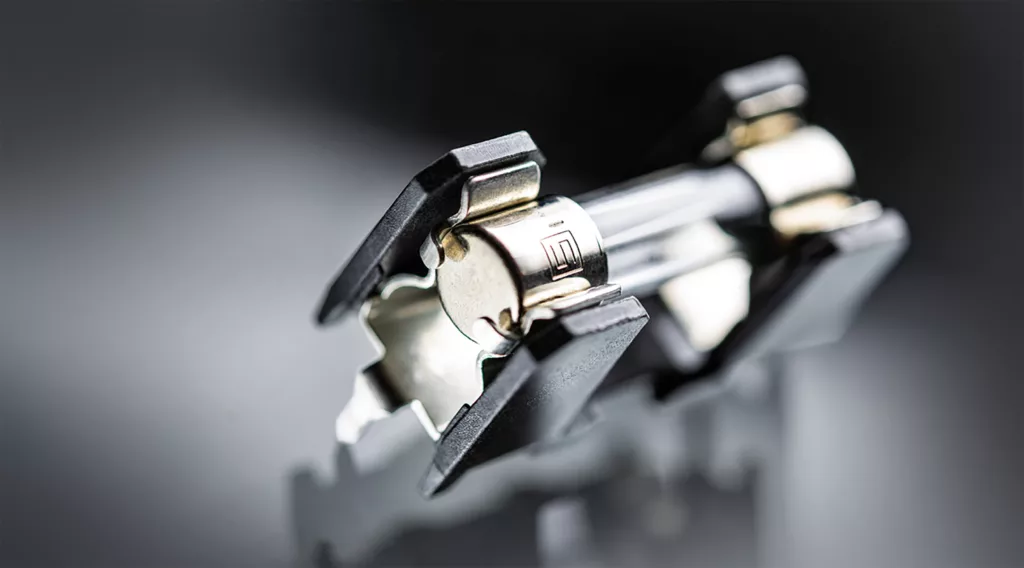Schurter introduces its through hole reflow OGN glow wire resistant, open fuse holder which can help manufacturers simplify their printed circuit assemblies
If a fuse blows it is useful if it can be replaced easily. Such needs gave rise to hybrid PCBs: surface mount technology (SMT) circuit boards that contain additional drill holes for through hole technology (THT) components. Two technologies mean two soldering processes, one for SMT components (reflow) and one for THT components (wave). Two soldering processes means higher costs and a longer production time.
Other disadvantages include ageing and misplacement. Two soldering processes heat components to temperatures >200°C twice, shortening their life. Regarding misplacement, normally THT components are inserted after reflow. Manual placement for the second soldering cycle increases the risk of incorrect placement.
A solution to these problems is through hole reflow (THR). During assembly, a paste is first printed into the THT pins vias, then the component is pushed through the paste. As the paste melts during reflow, it retracts into the vias due to wetting and capillary forces, forming a clean solder joint. Two technologies, one soldering process, highly efficient.
It is advantageous to install a fuse holder on the SMT board during reflow. Schurter’s OGN glow wire resistant, open fuse holder offers a solution. It is designed for 5 by 20 fuses of various rated currents and tripping characteristics.
It can be converted into a closed fuse holder with a cover. Three versions are available: classic THT, SMT and now THR, which is compatible with the THT version.

